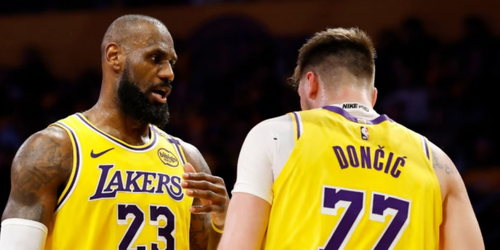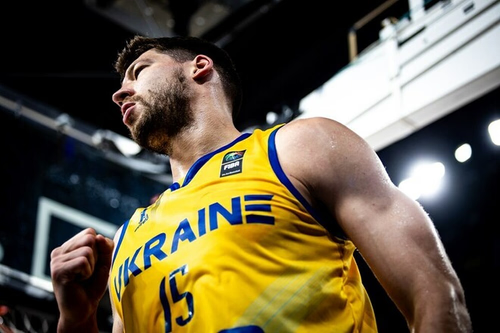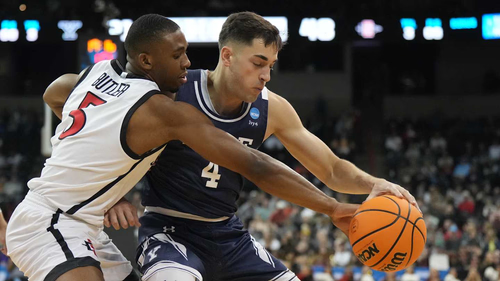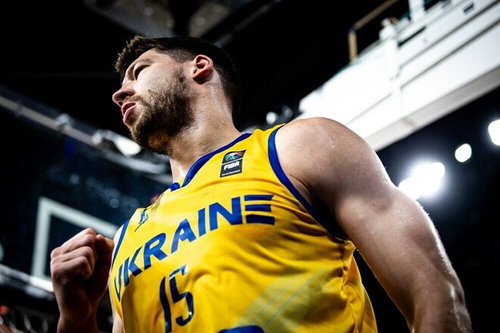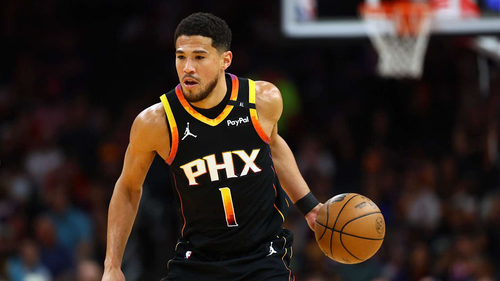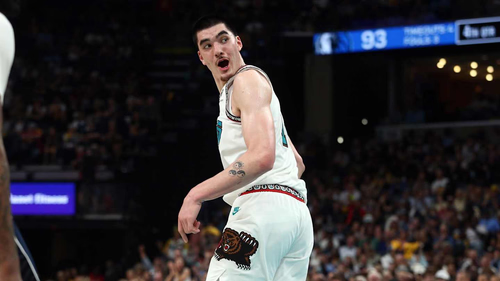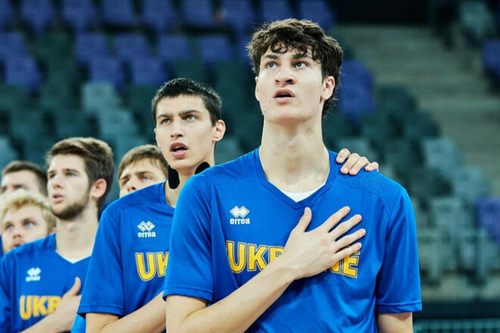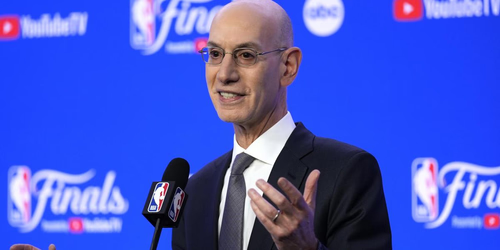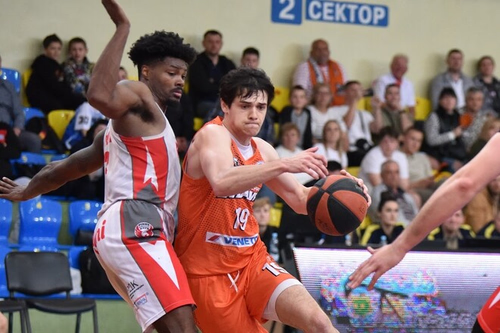Carmelo Anthony took center stage in Doha on Tuesday evening, helping conduct the draw for the 2027 Basketball World Cup qualification. The NBA legend's presence added star power to an event that mapped out competitive paths for national teams worldwide, including Ukraine's national squad.
"The qualification process is designed to create competitive balance while giving teams from different regions opportunities to showcase their talents," explained one of the FIBA officials present at the ceremony.
For Ukraine, the path forward contains several critical variables. Coach Ainars Bagatskis and his team must first navigate a pre-qualification round against Slovakia and Switzerland before even thinking about the main qualification tournament. Failing to finish in the top two positions would represent a catastrophic result for Ukrainian basketball.
The draw results make it abundantly clear that Ukraine must win their pre-qualification group. A second-place finish would land them in Group C alongside powerhouses Turkey, Serbia, and Bosnia - an extremely challenging quartet where advancing would be highly improbable.
However, winning the pre-qualification group would place Ukraine in Group A with Spain, Georgia, and either Denmark or Norway (likely Denmark). This scenario looks remarkably similar to Ukraine's previous World Cup qualification experience, where they also competed against Spain and Georgia.
Interestingly, this draw could be considered favorable. Against Georgia, Ukraine should compete on relatively equal terms - while Georgia boasts star players like Tornike Shengelia and Giorgi Shermadini along with naturalized Americans, Bagatskis has a deeper bench at his disposal. The teams split their meetings 1-1 in the previous qualification cycle.
Even Spain presents an opportunity. Despite their prestigious status in European basketball, the Spanish team typically fields a second or third-string lineup during qualification windows due to the ongoing conflict between FIBA and EuroLeague preventing their top stars from participating. This reality makes Spain potentially vulnerable, at least in home games.
Against Denmark or Norway, Ukraine would enter as favorites. Denmark features EuroLeague-caliber players Iffe Lundberg and naturalized American Shavon Shields, while Norway lacks players of similar quality.
Should Ukraine advance from this group, they would join the top three teams from Group B, which includes Greece, Montenegro, Portugal, and a pre-qualification winner (Romania, Hungary, or North Macedonia). This group also contains no unbeatable opponents for Ukraine.
The final picture shows three World Cup spots contested among Spain, Greece, Ukraine, Georgia, Montenegro, Portugal, and two currently unknown teams. The favorites (Spain and Greece) will likely not feature their ideal lineups due to the FIBA-EuroLeague conflict, making them vulnerable to point losses.
Even if Spain and Greece secure two qualification spots, Ukraine would battle with Georgia, Montenegro, and potentially other teams for the final ticket to the World Cup. In this competition between relatively equal teams, every victory against direct rivals will prove crucial.
The bottom line? If Ukraine wins their pre-qualification group, this draw can be considered favorable. The team has avoided a concentration of top teams in their qualification path and has a realistic chance to qualify for the World Cup. Can they overcome their recent struggles and capitalize on this opportunity? That remains the key question for Ukrainian basketball fans.







